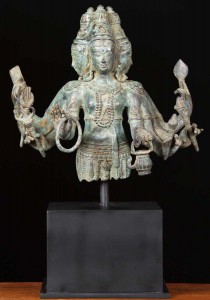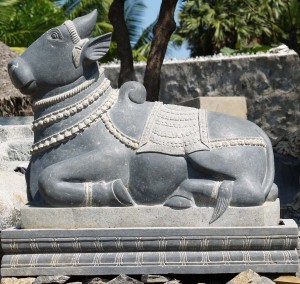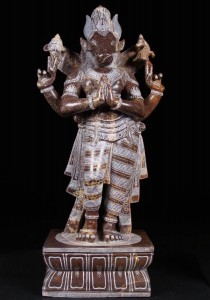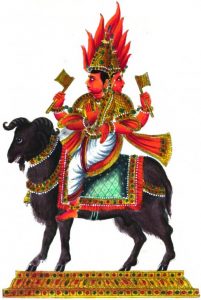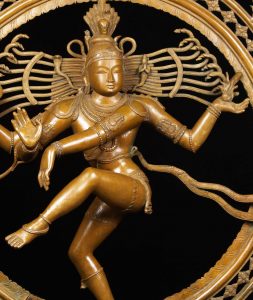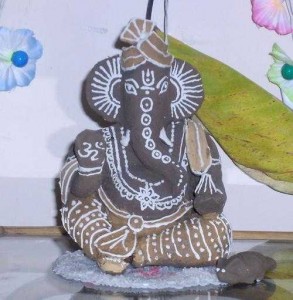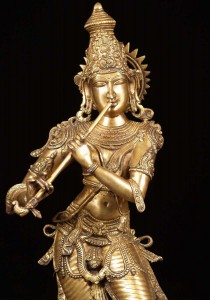
The 8th Avatar of Lord Vishnu, Krishna came to know that a very large and poisonous serpent had made its home in a lagoon on the Yamuna River. The serpents’ name was Kaliya. Because the serpent was so poisonous that it killed all the fish in the river and even the trees and grass surrounding the lake were wilting from the effects of the poison. When birds flew over the area, they immediately dropped dead and fell into the lake, due to the highly poisonous vapors emanating from the water. In that time, there were many frightful demons who had all kinds of mystic powers. The Hindu God Krishna had specifically appeared to rid the world of all these disturbing elements. Krishna came to this place with His cowherd boyfriends and decided to confront Kaliya, the king of the snakes. He climbed the large Kadamba tree and from there, jumped into the poisonous waters of the Yamuna.
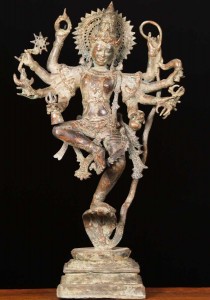
Lord Krishna then began splashing about and making very loud noises just to disturb Kaliya serpent. Sure enough, Kaliya came up to the surface to see who was disturbing his domain. The huge black serpent; Kaliya (Kaliya means black) possessed over one hundred hoods, each decorated with a precious gem. When he breathed, fire emanated from his nostrils. He suddenly seized Krishna in his powerful coils, and bound the Lord as tightly as possible. Unfortunately this serpent did not realize that within its coils was the Supreme Personality of Godhead, playing as a child and enjoying His earthly pastimes in the transcendental land of Vrindavana. Without warning, Krishna, the Supreme Mystic, started to expand His body, and Kaliya, who began to feel the incredible pressure, was forced to release the Lord from his deadly coils. Krishna then jumped on to the hoods of the great serpent and started to dance, stamping His foot down on the heads of the snake demon, Kaliya. This is the representation often seen in the Kaliya Krishna statues found in Hindu homes and temples. This stamping of Krishna, felt to Kaliya serpent like Indra’s thunderbolt striking a mountain. The Lord jumped from one hood to another, and Kaliya felt helpless and bewildered; in anger he spat fire from his many mouths but the Lord was so dexterous that His dancing movements caused the-snake to become dizzy. After so many kicks from the Lord, Kaliya started to vomit blood before becoming almost unconscious. At that time, the many wives of the Kaliya serpent appeared and begged the Lord with folded hands to spare their husband. Krishna decided to banish Kaliya to the great ocean never to return again. Thereafter, the giant snake along with his wives, departed forever, and the transcendental Lord re-joined His cowherd boyfriends on the bank of the Yamuna, to continue their wonderful pastimes in the land of Vrindavana.

